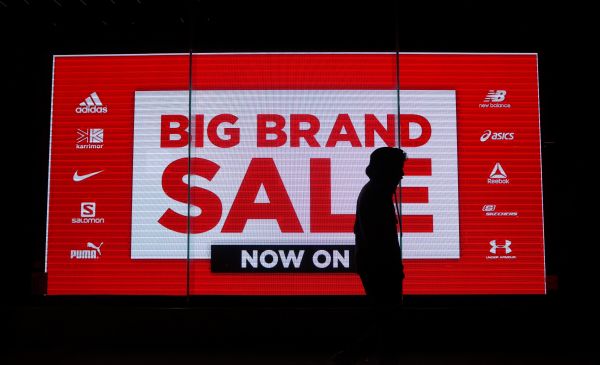Branding Strategy Insider helps marketing oriented leaders and professionals like you build strong brands. BSI readers know, we regularly answer questions from marketers everywhere. Today we hear from Susan, a marketer in Minneapolis, Minnesota who asks…
Is there a maturity model for brands? I’m trying to assess where we are in the spectrum of brand maturity as an organization.
Thanks for your question Susan. I am not aware of a formal model to assess brand maturity. However, I would like to answer your question in the following ways:
- If a brand has customer meaning and value beyond specific product/service categories and is managed properly to change in its delivery as customer needs and market conditions change over time, it can potentially live forever.
- Certainly newer brands have lower top-of-mind aided awareness within their product categories. Established brands have higher awareness. And, brands that are on the rise will experience significantly increased awareness over time.
- One of the measures in our brand equity measurement system is “brand vitality.” This is a measure of whether a brand is perceived to be on the rise, static or in decline.
- Whether brands possess personality traits such as “dated,” “traditional,” “boring,” “nostalgic,” “progressive,” “visionary,” etc. can also offer clues about a brand’s maturity, though mature brands can be progressive and visionary and newer brands can be traditional and boring.
- Brands that have been around for a long time tend to have entrenched meanings in their customers’ minds. These entrenched meanings are usually very difficult to change quickly. This is less true for newer brands.
Regarding brand maturity as an organization, the following are signs of that:
- The CEO takes ownership of the brand and assigns a senior member of his or her team to manage the brand on his or her behalf
- All of the organization’s employees can consistently and accurately articulate the brand’s promise
- The organization has a well thought through and rigorously applied brand identity system and standards
- The organization has designed and successfully manages multiple customer touch points at which the brand’s promise is reinforced
- The organization’s customers/members are attitudinally loyal to the brand and often recommend it to friends
- The brand’s icon and tagline are widely recognized among its target audiences
- Internal decisions, including budget decisions, are driven in part by whether the investment or action will help the organization deliver against its brand’s promise
We are happy to help Susan.
If you have a question related to brand or growth — Just Ask…
The Blake Project Can Help: Contact us for more on BrandInsistence brand equity measurement
Branding Strategy Insider is a service of The Blake Project: A strategic brand consultancy specializing in Brand Research, Brand Strategy, Brand Licensing and Brand Education




